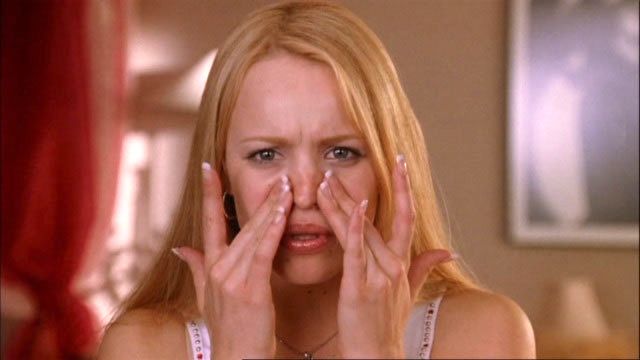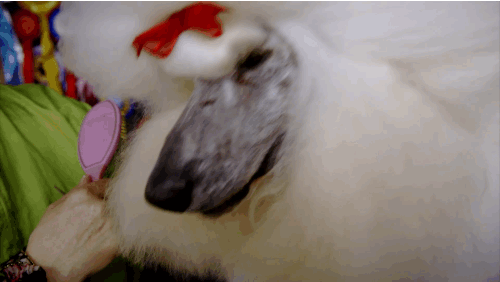
Having good skin is like that perfectly-sized hair tie around your wrist: you don’t realise how good it is till it’s gone.
I can tell you that much for free.
Like many other human beings, my skin went haywire the minute I hit my teens. Puberty clicked its oily little fingers and boom, my chin, nose and forehead became prime real estate for unwelcome squatters with unusually red heads.
What ensued was a near-decade long battle with acne in various degrees of severity.
Some months I was plagued only by a smattering of stubborn blackheads. Other months, my bonce would flare up with spots; some so large you’d be forgiven for assuming I was growing another head. It got so bad that I was prescribed Accutane (a last-ditch-effort medication for severe acne that comes with some wild side effects) not once, but twice.
Throughout this journey though, I kept up a solid skincare routine.
I saved up my pocket money for monthly facials. We’re not talking about the soothing, relaxing, Enya-playing-softly-through-the-Bose-surround-sound style facials. We’re talking pinchy, proddy extraction facials, where I’d wince and whine and walk out looking like a puckered beetroot. As painful as these were, they were important part of clearing up my skin during rough patches.
Sure, sometimes my skincare efforts felt pointless, but I believe that even in the face of persistent skin problems, having a routine (even if it’s just washing your face and moisturising every night) is imperative.
If you’re like me and you’re into your skincare, you’ve probably heard of and/or considered trying microdermabrasion. It’s a cosmetic procedure that exfoliates and removes the superficial layer of dry, dead skin cells.
I’d seen microdermabrasion on a beauty therapy menu and dismissed it, thinking it sounded too painful, invasive or expensive.
That’s why when the opportunity to try it out for a story came up, I jumped at it like a frenzied poodle in need of a good groom.

Dr Daniel Lanzer is a dermatologist and cosmetic surgeon with more than 27 years’ experience, with clinics bearing his name in Melbourne, Sydney and Brisbane. I rode down to his Malvern clinic to try out Dermasweep, a $280 treatment that’s touted as the “next level” version of regular microdermabrasion.
In short, it’s similar to regular microdermabrasion in that is removes dead skin from the epidermis, leaving your skin feeling soft and looking smooth.
Dermasweep differs in that it uses ‘one of a kind patent-pending bristle tips that lift away the top layer of the skin‘ which don’t tear the skin.
 me. (not really)
me. (not really)
“This increases micro-circulation which enhances lymphatic drainage, oxygenation, and helps with the delivery of key skin nutrients into the deeper layers of the skin,” explains Dr Lanzer.
Once I’d signed a rather alarming consent form, I lay down on a regular beauty therapy bed while Bec, my cosmetician, explained a bit about the non-invasive treatment.
She told me the one-hour treatment was broken up into two parts: first the exfoliation bit that’d take half an hour, followed by the ‘infusion’ part where a cocktail of nutrients would be imparted back into my skin. Delicious.
She cleansed my skin and fired up the machine. It was a big, bulky thing on wheels with a tiny, circular vacuum wand at the end. Bec ran this across my face in patches, from my forehead to my cheeks, and finally to the more congested t-zone, sucking away my grotty loose skin cells.
It didn’t hurt at all; it felt like a little ant was diligently Dyson-ing all the dirt out of my face. Rather pleasant, actually.
Before I knew it, the treatment was over, and when I looked in the mirror I was surprised to see I wasn’t red at all. I just looked refreshed and clean.
In all honesty, while my face looked reinvigorated straight after the treatment, I didn’t see a massive difference in the weeks following.
It felt like the blackheads around my nose (a real problem area) had diminished, but whether or not the difference was visible? The jury’s out.
Bec advised that in order to see the best results, it’s best to come back every 4-6 weeks.
Would I do it again? Yes*.
*If I become a millionaire.
AAMI Health Insurance sponsors this page.
AAMI Health Insurance is issued by nib health funds limited ABN 83 000 124 381 (nib) a registered private health insurer and is arranged by Suncorp Insurance Ventures as an authorised agent of nib for which it receives commission.



